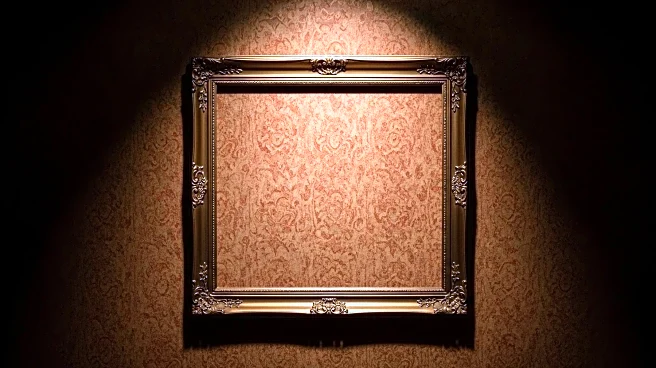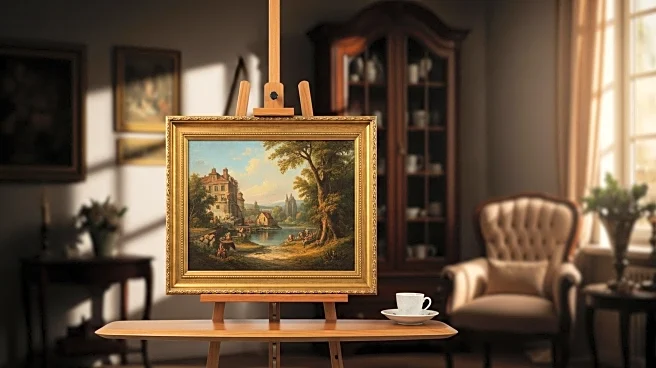What's Happening?
Argentine police are investigating a 17th-century Italian portrait believed to have been looted 80 years ago from a Jewish collector by a fugitive Nazi officer who settled in Argentina after World War II. The painting, created by Giuseppe Ghislandi, was discovered in a real estate ad for a home believed to be owned by the descendants of Nazi fugitive Friedrich Kadgien. Interpol has joined the search for the Nazi-looted portrait, which vanished after being listed in the ad. The investigation, led by Dutch journalists, aims to recover the artwork, which is on several lists of Nazi-looted art, including that of the Dutch Cultural Heritage Agency.
Why It's Important?
The recovery of Nazi-looted art is significant for historical justice and cultural heritage preservation. Artworks stolen during World War II represent a dark chapter in history, and their recovery can provide closure to families affected by Nazi crimes. The involvement of Interpol highlights the international effort to address art theft and restitution. Successful recovery could encourage further investigations into other looted artworks, potentially leading to more restitutions. This case also underscores the ongoing impact of Nazi-era crimes on contemporary society and the importance of addressing historical injustices.
What's Next?
The investigation is expected to continue with Interpol's involvement, potentially leading to the recovery of the portrait. Authorities may explore legal avenues to reclaim the artwork and return it to rightful owners or their descendants. The case could prompt further scrutiny of art collections in Argentina and other countries where Nazi fugitives settled. Additionally, it may lead to increased collaboration between international agencies and cultural heritage organizations to address similar cases of looted art.
Beyond the Headlines
The discovery of the painting in a real estate ad raises questions about the ethical responsibilities of art dealers and collectors in verifying the provenance of artworks. It also highlights the challenges in tracking and recovering looted art, given the passage of time and changes in ownership. The case may influence policies on art restitution and encourage more rigorous provenance research in the art market.













